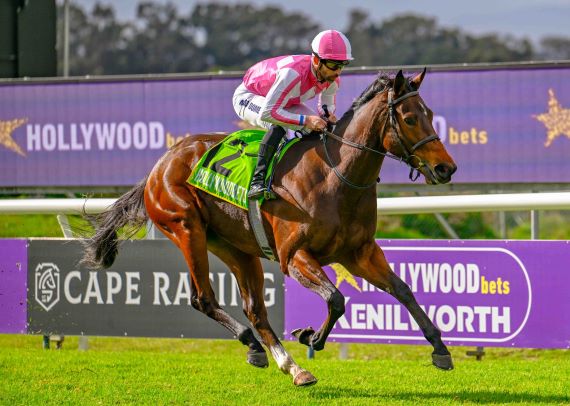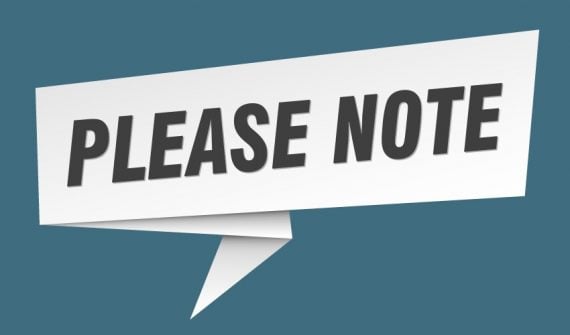The reinstatement of the direct export of horses out of South Africa to the EU and beyond has been a long-held dream of the South African racing, breeding and equestrian community.
Yet the last direct exports from Cape Town happened so long ago that most people can be forgiven for thinking that its reinstatement was nothing but wishful thinking by the South African equine industry.
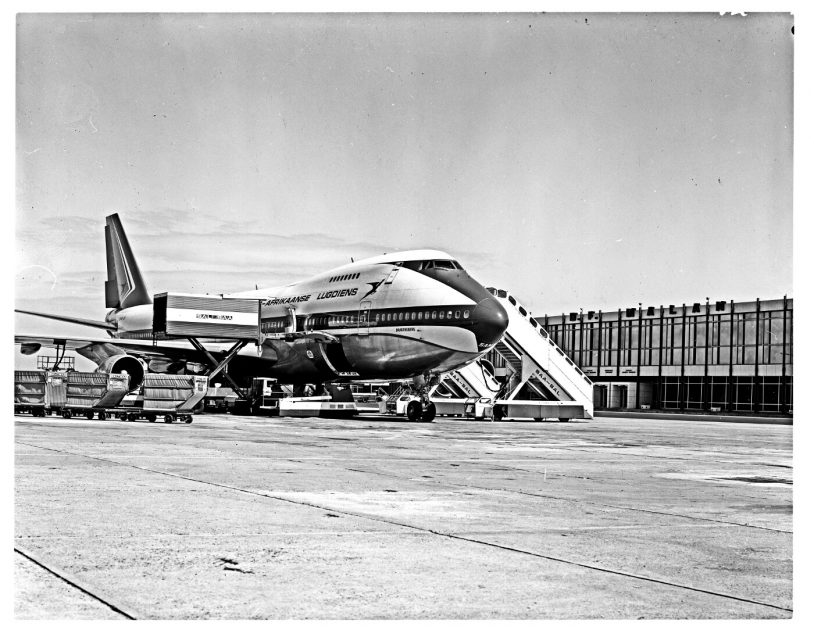
Liesl King writes that an outbreak of African Horse Sickness in 2011 led to a ban on exports from South Africa directly to the European Union.
Prior to the ban, South African horses were required to do 40 days quarantine in Cape Town’s quarantine facility in the centre of the Hollywoodbets Kenilworth Racecourse, before shipping straight into the European Union and then if needed onwards to their final destination.
Then SAEHP announced the extraordinary news that the South African Government had been officially notified that the reinstatement of direct exports from South Africa to the European Union has been approved, quoting their official announcement below.
“South African Equine Health and Protocols (SAEHP) is pleased to provide an important and exciting update regarding the re-opening of European Union export markets to the various equine disciplines in South Africa.
“SAEHP, in conjunction with the South African Department of Agriculture, Land Reform and Rural Development (DALRRD), advises that DALRRD has received official notification that the reinstatement of direct exports of registered equines from South Africa to the European Union (EU) has been approved.
“This is a very positive development for both the South African thoroughbred racing industry as well as for other equine disciplines in the country and the re-opening of normal trade will have many benefits, including in time the creation of further jobs in this employment intensive industry. ”
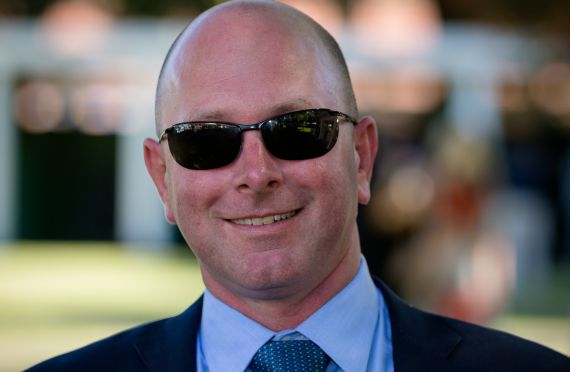
SAEHP CEO Adrian Todd (Pic – Hamish Niven)
Liesl King caught up with Adrian Todd, the managing director of SAEHP, to understand how this rather astounding achievement finally came about.
After all it has been thirteen years since South Africa last exported directly to the EU.
Todd explained, “The negotiations are ultimately between the various governments and hence a Public Private Partnership with our government, both national DALRRD and Western Cape Veterinary Services (WCVS), was formed which was essential to the ultimate success and shows what can be achieved through working together.
“SAEHP was formed due to the vision of Chris van Niekerk and the Export Task Team which he jointly founded with Mrs Susan Rowett as a cooperative venture between the sales companies. SAEHP started on this path in January 2018. For three years it had the financial support of several individuals, stud farms and racing organisations in South Africa. Then in 2021 The Hong Kong Jockey Club (HKJC) came on board not only as a funder, but also to provide additional expertise on a technical level. Hence, I would like to express our thanks and appreciation to The Hong Kong Jockey Club and in particular to its CEO Mr Winfried Engelbrecht-Bresges, for their input and support. Mr Engelbrecht-Bresges in his role as Chair of the International Federation of Horseracing Authorities (IFHA) and Chairman of the Asian Racing Federation (ARF) has long since been a champion of South Africa in its struggle to get exports reinstated.
“I would also like to thank and recognise the NHA for their role in the process and their relationship with the HKJC due to the common membership of the ARF, as well as the South African racing operators for their support.
“Before the HKJC became involved, SAEHP had since its inception unwavering financial and motivational support from various individuals and organisations in the industry. On behalf of the whole SAEHP team, I would like to say thank you to Chris van Niekerk for his initial vision, tenacity and funding support and our various others funders prior to the involvement of the HKJC, this would have not been achieved without your enthusiasm and support. Thanks must also be given to the horse owners for their efforts over the years in helping with surveillance data, as well as Cape Racing for their work on upgrading the Kenilworth Quarantine Station and ensuring it met the EU requirements and standards.”
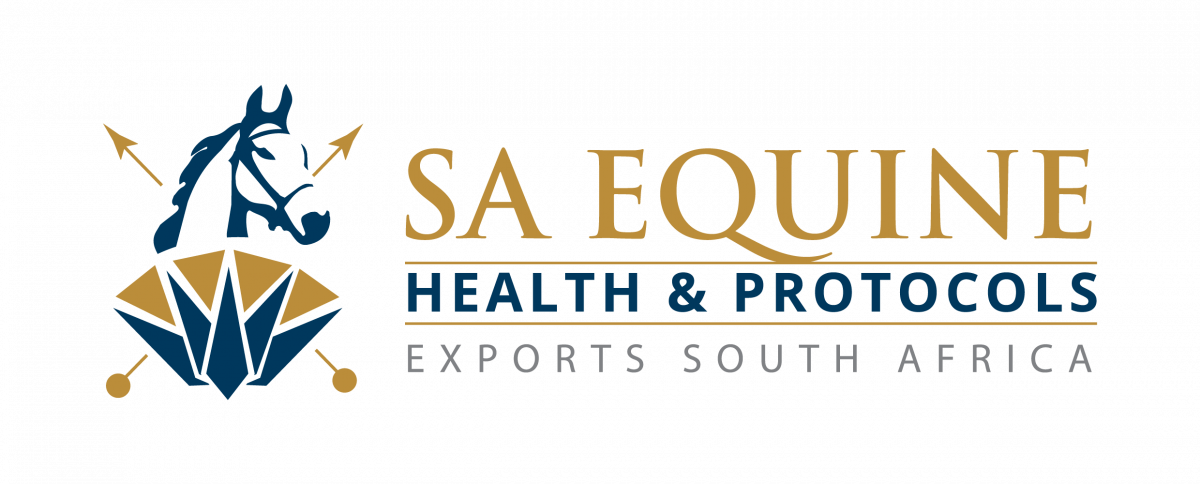
Todd made special mention of the SAEHP team, “The SAEHP team stuck with this through thick and thin and for that I can never thank them enough. We are lucky to have an extremely dedicated team, who are truly professional and acknowledged experts in their field. In no way could have this been accomplished without them and the superb working relationship that has been developed between SAEHP, DALRRD and WCVS. The National Director of Animal Health Dr Mpho Maja’s leadership of the national authority really is world class”.
It has been a common discussion point among the horsey crowd that nobody knew what was happening on the export front, except that SAEHP seemed to be spending a lot of money on a futile exercise.
We were told that an audit had to take place, but the ‘when’ seemed very nebulous.
The arrival of COVID did not help matters either. In its aftermath, there was little optimism that it would ever happen. It finally did take place in 2022, but since then nothing further was forthcoming.
Liesl King asked Todd about this lack of news flow and detailed updates from SAEHP over the last couple of years which felt like silence to many industry participants.
Adrian explained “One has to bear in mind that although this approval has taken longer than originally anticipated back in 2018, Covid affected the first official EU audit timing that was scheduled for 2020, with the audit later rescheduled and carried out in 2022, with subsequent communications between DALRRD and the EU authorities leading to this very good news. I appreciate that at times there were long periods without any industry update from SAEHP, but the nature of government to government procedures and protocols meant that matters had to be handled that way.
“SAEHP complements the South African authorities, who have been involved in Government to Government negotiations with the EU authorities. Of course, these negotiations have their processes to go through, they are influenced by other factors and the outcomes can only be announced after the approvals are finalised.”
SAEHP Chairman David Abery was equally complimentary . “It has been a lengthy, highly complicated process and one that would have never been achieved without the vision of both the HKJC and our previous funders. I thank each and every individual and organisation that has supported SAEHP in in achieving this goal. Likewise, I salute the extraordinary commitment and resilience of the entire team at SAEHP, without whom we simply would not be here today.
“Direct exports to the EU may be open, but the work does not stop here, apart from continuing the drive to open other export markets, what has been achieved must now be maintained. Our next goal now is to ensure that the necessary functions of SAEHP that are vital for the maintenance of the protocol are well funded and secure for perpetuity.”
The announcement not only makes it possible for our top racehorses to compete internationally, but also creates the opportunity for our equestrians to compete in events such as the Olympics and other international competitions!
It has been a long, arduous, frustrating, and extremely bumpy road, followed by an achievement that is still very hard to believe is real. Yet real it is.
The goal has been achieved, and Abery and Todd, along with the SAEHP team and everyone else who contributed funds, skills and enthusiasm along the way, can certainly be extremely proud of that!






